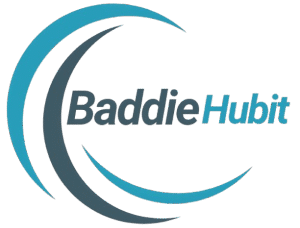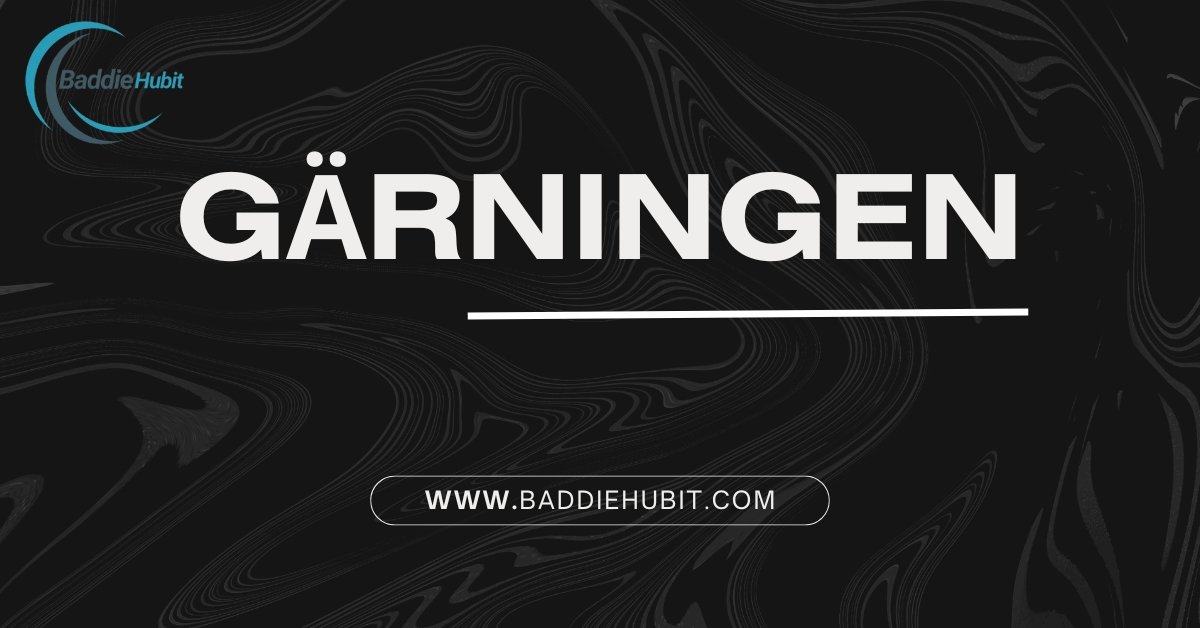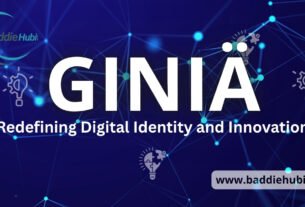Introduction: The Timeless Relevance of Gärningen
In a world where facts and actions shape narratives, the Swedish term gärningen—meaning “the act” or “the deed”—remains a powerful concept. Though it comes from a specific language and legal tradition, gärningen offers lessons for understanding responsibility, justice, and truth in both traditional courts and today’s digital sphere.
Gärningen: More Than Just “The Act”
At its core, gärningen refers to a concrete, identifiable action. Whether it’s a heroic rescue, a criminal offense, or a defining moment in a person’s life, gärningen zeroes in on what actually happened. Unlike vague references to intentions or rumors, gärningen demands clarity: what was done, how, and by whom.
The Role of Gärningen in Swedish Legal Culture
Swedish criminal law is built on the principle that guilt or innocence hinges on gärningen. Prosecutors reconstruct the sequence of events surrounding gärningen to prove whether a crime was intentional, accidental, or justified. Legal terms like uppsåtlig gärning (intentional act) and grov gärning (serious act) illustrate how the exact nature of gärningen determines penalties and legal outcomes.
Gärningen’s Use in Modern True Crime Media
From documentaries to podcasts, modern true crime stories often revolve around gärningen. Creators analyze the deed in minute detail: timelines, forensic evidence, and witness accounts. By focusing on gärningen, storytellers help audiences understand not just the who and why, but the undeniable what — creating more accurate and engaging narratives.
Why Gärningen Matters in Digital Investigations
As online crime grows, understanding gärningen becomes crucial for cybersecurity teams, digital forensics experts, and law enforcement. Investigators must pinpoint the exact malicious act: whether it’s planting ransomware, stealing data, or breaching secure systems. Documenting gärningen precisely helps prevent future attacks and strengthens cases against cybercriminals.
Gärningen in Conflict Resolution
In mediation and restorative justice programs, discussing gärningen directly can break cycles of blame and denial. Victims gain clarity on what occurred, while offenders confront the reality of their actions. This shared understanding of gärningen can lead to meaningful apologies, forgiveness, and lasting resolutions.
The Psychological Weight of Gärningen
For both victims and perpetrators, memories of gärningen can have long-lasting psychological effects. Trauma therapy often focuses on processing the details of gärningen, helping individuals separate facts from self-blame or fear. Understanding the deed itself is a key step toward healing.
Gärningen and the Ethics of Public Discourse
In today’s information age, public discussions — whether in courtrooms or online — often spiral into speculation. Anchoring debates around gärningen can restore fairness by reminding everyone to focus on verifiable actions rather than assumptions, emotions, or hearsay.
Gärningen and Corporate Accountability
In business scandals, it’s often the details of gärningen — what executives or employees actually did — that determine legal and reputational consequences. Whistleblowers, auditors, and regulators rely on documenting gärningen to uncover fraud, corruption, or unethical practices. This precision shifts corporate discussions from vague denials to concrete facts.
Gärningen in Cross-Border Investigations
When crimes involve multiple countries, as in international hacking or trafficking cases, investigators from different legal systems must agree on what gärningen was. Consistent definitions of the deed help streamline extraditions, coordinate charges, and ensure fair trials — demonstrating how gärningen supports international justice.
Teaching Gärningen in Law and Criminology
Law schools and criminology programs use real-life case studies of gärningen to train students in evidence analysis, legal writing, and courtroom strategy. By breaking down the steps of an act, students learn to think critically about cause and effect, motive, and proportionality in sentencing.
Social Media Trials and Misinterpretations of Gärningen
In the court of public opinion, viral posts can misrepresent gärningen, leading to online outrage or character assassination before facts are verified. This trend highlights why focusing on the documented gärningen is essential to avoid injustice fueled by misinformation or emotional reactions.
Gärningen and Historical Injustices
Historians revisiting cases of past injustices — from wrongful convictions to political purges — often reexamine gärningen with newly uncovered documents or forensic techniques. Correctly establishing what really happened allows societies to acknowledge mistakes, clear innocent names, and promote reconciliation.
Gärningen and Crisis Management
In corporate crises, whether a data leak or an environmental accident, quickly understanding gärningen — the exact series of actions that led to the incident — is essential. Crisis teams that identify and communicate gärningen clearly can contain damage, rebuild stakeholder trust, and comply with investigations more effectively.
Gärningen and AI Decision-Making
As AI systems increasingly automate high-stakes decisions, tracing gärningen within an algorithmic process becomes critical. Regulators and developers must pinpoint which data, rules, or code changes led to harmful outcomes, ensuring transparency and accountability in complex, automated systems.
The Role of Gärningen in Insurance Claims
When assessing insurance claims after accidents, natural disasters, or fraud, investigators must establish gärningen precisely: what happened, who was involved, and when. Clear documentation of gärningen helps insurers make fair, timely decisions and prevents fraudulent claims.
Gärningen in Journalism Ethics
Ethical journalists are trained to verify gärningen before publishing stories. Reporting based on assumptions or incomplete details can cause irreparable harm. Focusing on the proven gärningen upholds credibility, avoids defamation, and strengthens public trust in media institutions.
Gärningen and Blockchain Transparency
Blockchain technology offers a modern way to record gärningen immutably. Each transaction — a digital “act” — is time-stamped and stored across distributed networks. This ensures that gärningen can’t be altered later, revolutionizing transparency in finance, supply chains, and contracts.
Gärningen and Employee Misconduct Investigations
Human resources departments often rely on detailed records of gärningen when handling workplace misconduct, harassment, or policy violations. Establishing what actions were actually taken is key to fair disciplinary processes and protecting both employees’ rights and organizational integrity.
Gärningen in Environmental Crimes
In cases of illegal dumping, poaching, or deforestation, conservation authorities investigate gärningen to identify who committed the act, what environmental laws were broken, and the exact damage done. Documenting gärningen supports prosecution and enables restoration efforts.
Gärningen and Compliance Audits
Regulatory bodies require companies to show compliance with industry standards. During audits, officials scrutinize records of gärningen — actions taken to meet safety, data protection, or labor regulations. Missing or inconsistent documentation of gärningen can result in fines or sanctions.
Gärningen in Academic Integrity
Universities increasingly use software and manual review to detect gärningen in academic misconduct cases, such as plagiarism or cheating. Clearly establishing gärningen protects honest students, maintains institutional credibility, and upholds academic standards.
Gärningen and Public Safety Campaigns
Public awareness campaigns often highlight gärningen behind preventable accidents — like texting while driving or leaving candles unattended — to illustrate how a single act can cause tragedy. By focusing on gärningen, these campaigns motivate behavioral change and promote community safety.
Gärningen and Whistleblower Protections
When whistleblowers expose unethical or illegal activities, documenting gärningen is key to validating their claims. Solid proof of the act helps protect whistleblowers from retaliation and ensures organizations are held accountable for wrongdoing.
Gärningen in Aviation and Transportation Safety
In investigations of plane crashes or train accidents, identifying the exact gärningen — such as a pilot error, mechanical failure, or maintenance lapse — allows authorities to pinpoint causes, improve safety protocols, and prevent future tragedies.
Gärningen and Sports Integrity
Sports organizations use video reviews, referee reports, and digital tracking to establish gärningen when investigating incidents like doping, match-fixing, or on-field violence. Proving gärningen clearly is essential for fair rulings and preserving integrity in professional sports.
Gärningen in Intellectual Property Disputes
In copyright and trademark cases, lawyers must demonstrate gärningen — the specific act of infringement — whether it’s unauthorized copying, counterfeiting, or misuse of protected assets. Establishing gärningen ensures rightful owners can defend their creations.
Gärningen and Disaster Response Analysis
After natural or man-made disasters, emergency services review gärningen to assess what actions contributed to the scale of destruction or loss. Understanding gärningen helps improve future disaster preparedness and response strategies, ultimately saving lives.
Conclusion: The Enduring Value of Gärningen
The concept of gärningen teaches that what truly defines a situation is not intentions alone, but the acts themselves. From Swedish legal traditions to global conversations about truth and accountability, focusing on gärningen helps us find clarity in complexity — and justice in chaos.




